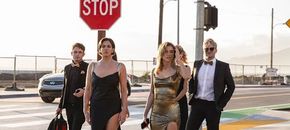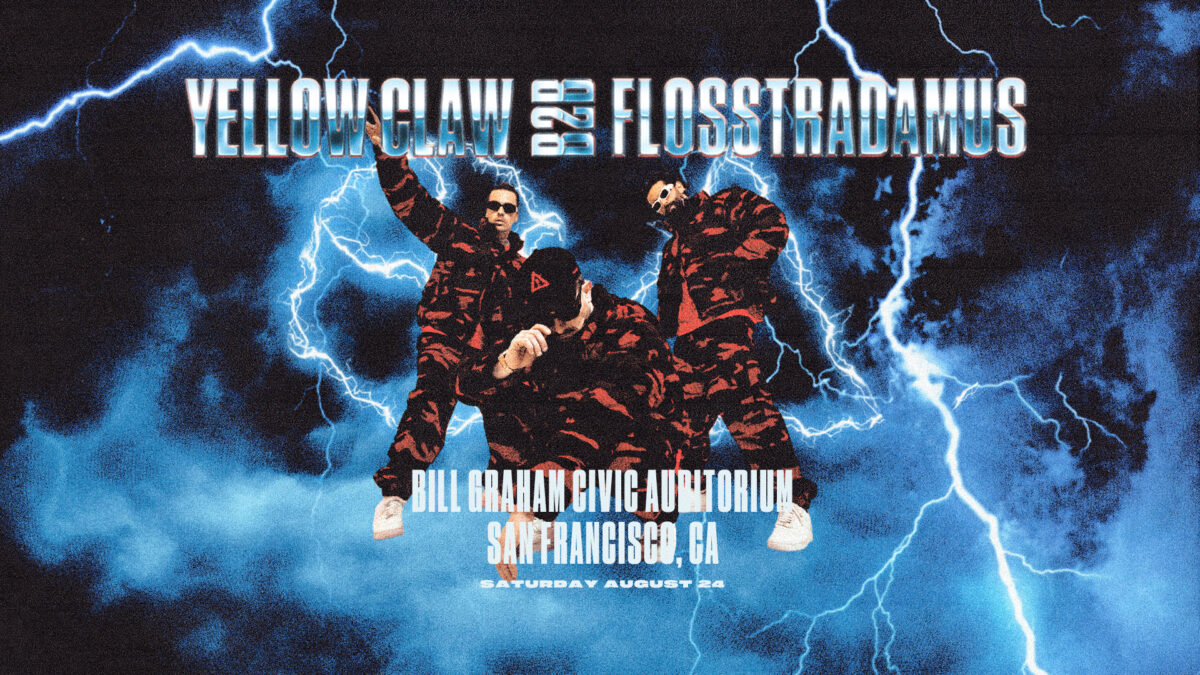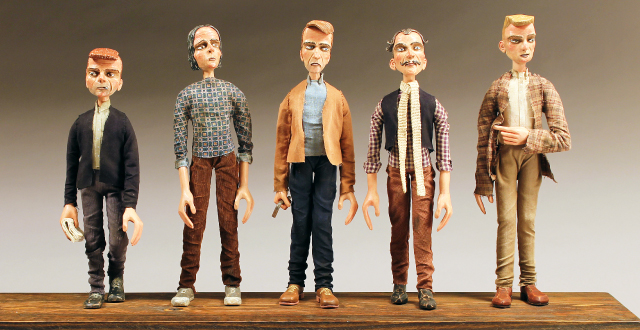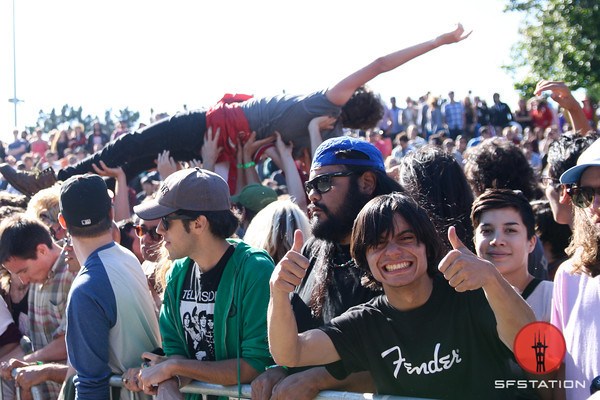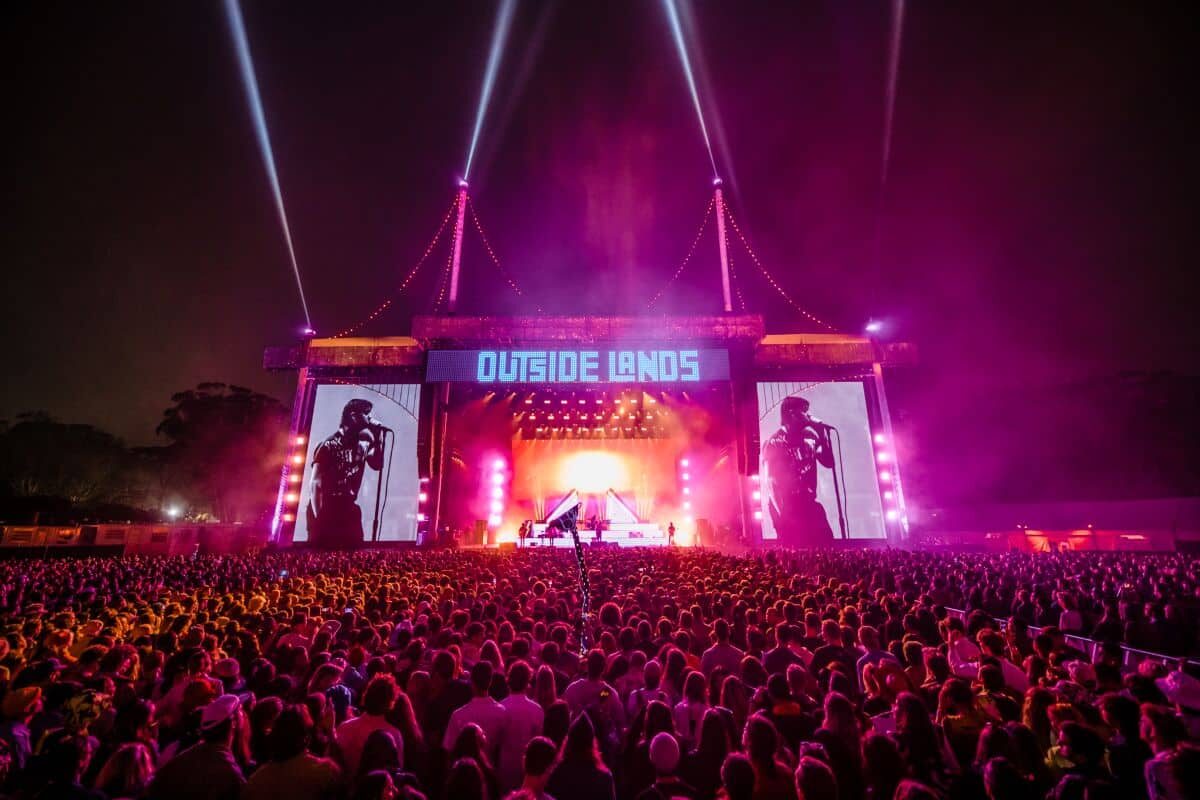Interview: Tosca Brings Live Instrumentation and Visuals to The Independent
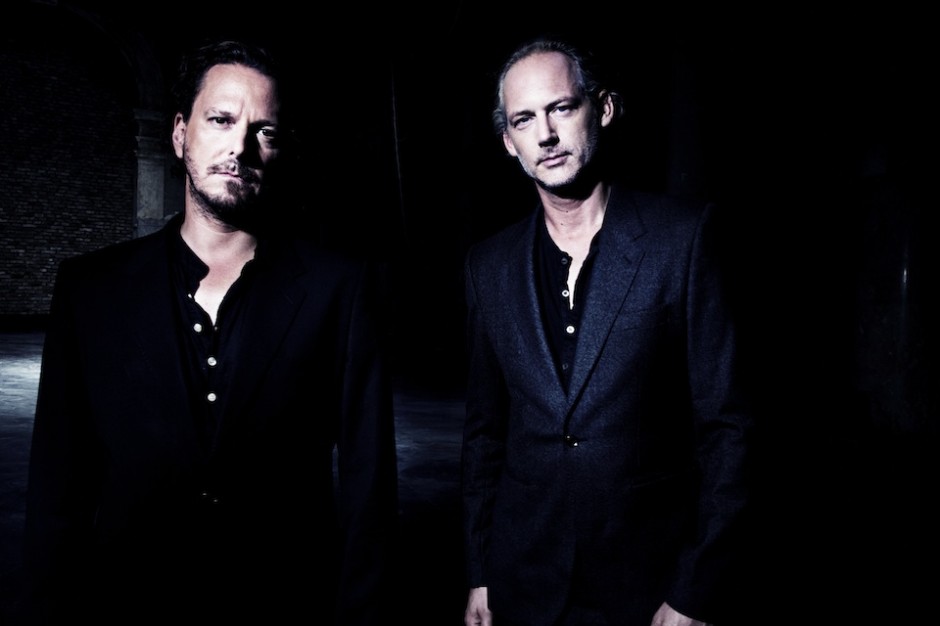
Tosca, the duo comprised of Richard Dorfmeister and Rupert Huber, broke new ground in dance music with their debut album Chocolate Elvis in 1994. Their sound was something completely experimental and ambient with a nod to the grooves of formative genres like jazz, blues and disco. The result is an electronic group unlike any other, fusing the familiarity of acoustic instrumentation and the flexibility of software to craft a truly memorable live show.
We spoke with Dofmeister before Tosca’s sold-out March 4th show at the Independent:
Your albums have always been a mix of more traditional instrumentation and experimental soundscapes. How much planning goes into crafting a full album?
For the new album we are working on at the moment, which is a part of the live show with Rob Gallagher and Cath Coffey, we decided to just work with them. Normally we do sessions with various vocalists. The vocalists were not always that important to us—it was more taken as an instrument. Because we’re doing more live shows, it goes much quicker. We do a lot of file transfer at the moment, sending vocals and edits back and forth. From October or September on we did all the tracks, around 10 total. Some of them will be featured in the live show.
We always have to be careful because we want to find a mix of the old ones and the new ones. If you do a new track, you’re sometimes over enthusiastic. You think “oh, that’s the one!” but in reality things need time to be judged. The whole live dynamic is a mystery. It depends so much on you are feeling and the people. If the response is quickly positive, the vocalists feel safer. Good sound on stage is really important as well.
It seems a lot of your recent work has been geared around the live show.
Yeah, we want to see how the people react to the new stuff. It’s really interesting. I think we’ve managed now in 10-12 shows to get a good mix of old tracks, new tracks, and a little bit of ambient.
You’ve been playing all over Europe and you’re coming to North America soon. Do you notice that crowd reaction changes from place to place?
We’re just better known in some places. In LA and San Francisco, you see that we’ve played a lot. You see it with the presales. We have another two gigs in Canada (Toronto and Montreal), and there it seems that we aren’t as well known [laughs]. We really have to start from scratch there with the Tosca project. We need to put it in their minds.
For responses, it depends. There are so many different factors and circumstances.
Could you talk a bit about how the live show is set up?
We have a small crew; we don’t have a big band because we don’t have the chance to carry around everything from Europe. We come from the electronic side, so we always wanted to do more than just stand there and play from the computer. So we connected the audio with a video screen and projections. I always wanted the audio and video to be linked. I can trigger off the visuals from the computer. The visuals are done by a company called Futurelab. It’s an interesting thing to be the master of the visuals as well as the music.
It seems like there’s a bit of a jazz element with your music, an old school vibe that gets people moving in a way they might not be familiar with. So many people are doing the four-to-the-floor kick drum build and release, it’s nice to get people dancing with each other in a new way.
You just said it the absolutely right way—with my DJ stuff I’m always playing around with 4/4, but the more I get into the live thing and our sound, the more I find out that style doesn’t fit. We had a remix done recently which is a more up-tempo mix with a hard bass drum, and we had to kick it out in the end. It just wasn’t us. Our thing is the blues and we have some disco. Nothing against new dance stuff, I love it as well, but for this program I think it has to be more old groove oriented.
You mentioned remixes—you guys have great remix albums. Do you curate the remixers or is it more management?
I do that completely myself. During the year, I write down people I’m interested in. It’s normally not big names. We can’t afford it anyways, but we’re also not sure what the result will be.
I always take people I know well or people I’m interested in. I would always rather pick people that are not so famous. It’s interesting, for instance this guy Brandon Marlow is in New York, he’s doing some weird ambient, not techno, but…he did some really nice remixes for us. It’s kind of abstract ambient tech. I like him a lot. He’s doing something completely different.
We had a remix contest once, we had 100 or more remixes submitted. They all sound more or less the same [laughs]. They just take the parts and do a beat. What we would do with the Kruder and Dorfmeister project is take the parts and do something completely new, leaving only a little bit in. That’s the more interesting way of remixing I think.
Both of you started experimenting with sound early when you were in school together. Do you still find time to experiment a lot with mixed media or is composing much more controlled?
I think it’s just more focused now and we also got better. We’re much better and quicker at putting together a groove and a bass. But if it’s getting too commercial or obvious, there’s something wrong and we stop. We try adding weird sounds, found sound, using experimental sound to glue everything together and move away from everything being too clean. Even if we did a pure ambient album, it’s not so easy to tell a story. It can get boring very quickly so it’s always a challenge. For the new album we’re very confident, we have many new songs that no one has heard yet. It’s really coming together nicely. The energy we have now is something we’ve never had before.
Anything else to add?
We’re really looking forward to the tour! Here’s to hoping everything goes smoothly. The weather is nice [laughs].
Tosca performs March 4 at the Independent. More info.

